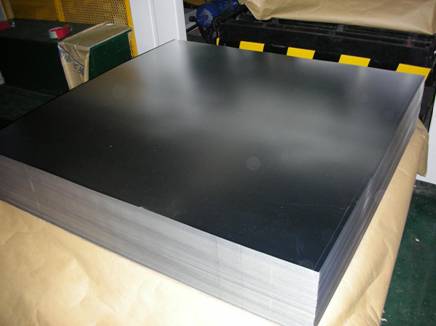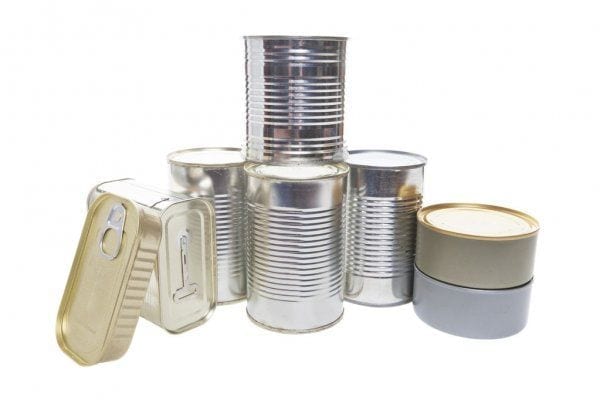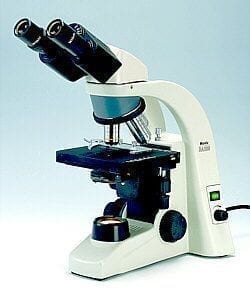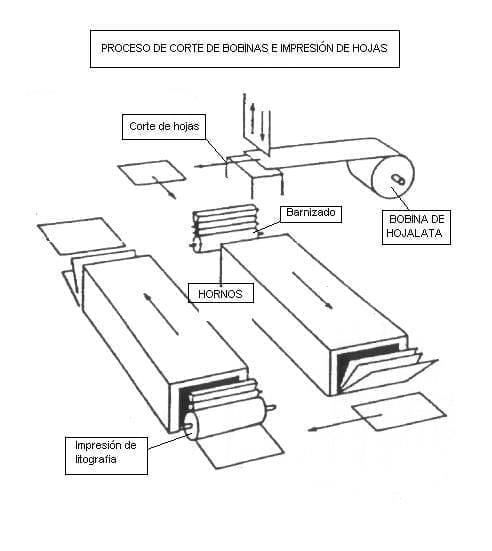Introduction
Tinplate is a material widely used in the manufacture of metal containers, due to its properties of strength, malleability and protection against corrosion. One of the key aspects in the production of tinplate packaging is the application of varnishes, which provide an additional barrier and improve the aesthetic appearance of the final product. In this article, we will analyze the relationship between the surface roughness of tinplate and the quality of varnish application.
- Surface roughness of tinplate
Surface roughness is a characteristic of the tinplate finish, which refers to the microscopic irregularities present on the surface of the material. These irregularities can affect the adhesion and quality of the applied varnish. Roughness is measured in micrometers (µm) and is expressed by two main parameters: Ra (average roughness) and Rmax (maximum roughness). The standard UNE-EN 10202 of 2001 establishes the roughness values for different tinplate finishes, such as “fine stone” and “stone”.
- Effect of roughness on varnish application
The roughness of the tinplate can influence the quality of the coating in several ways:
a) Adhesion: A rougher surface can provide a larger contact area between the varnish and the tinplate, which can improve the adhesion of the varnish. However, if the roughness is excessive, it may result in poor adhesion due to the formation of air pockets or the inability of the coating to fully penetrate surface irregularities.
b) Physical resistance: Roughness can also affect the physical resistance of the varnish applied. If the roughness is too high, the coating may have lower resistance and a higher possibility of peeling and porosity.
c) Aesthetics: The roughness of the tinplate may affect the final appearance of the varnished container. A rougher surface may result in a more uneven and less attractive finish.
- Recommendations for the control of roughness in varnish application
To guarantee a good quality in the application of the varnish, it is important to take into account the roughness of the tinplate and to follow some recommendations:
a) Use tinplate with a “fine stone” finish to obtain a suitable roughness that favors the adherence and resistance of the varnish.
b) Request roughness values (Ra and Rmax) from the steel mill to control the quality of the material and foresee possible problems in the application of the varnish.
c) If the maximum roughness (Rmax) is higher than 3 µm, it is recommended to increase the coating weight to increase the thickness of the coating and improve the physical resistance of the finish.
Conclusion
The roughness of tinplate is an important factor affecting the quality of varnish application in the manufacture of metal containers.
















0 Comments